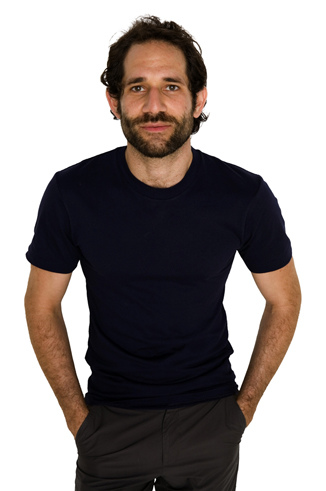The Unconventional Journey of Dov Charney in the Apparel Industry

Introduction
Dov Charney, best known as the founder of American Apparel, has made waves in the apparel industry with his innovative marketing strategies and his controversial persona. His impact on fashion and retail extends beyond his initial successes and failures, continuing to resonate amid shifting trends in consumer behaviour and labour practices. Understanding Charney’s journey provides insights into the complex relationship between entrepreneurship, ethics, and the evolving landscape of fashion.
The Rise of American Apparel
Founded in 1989, American Apparel quickly gained attention for its commitment to manufacturing in the USA, combined with an aggressive advertising strategy that often pushed social norms. Charney’s vision was to provide not only stylish, affordable clothing but also a brand that championed workers’ rights and ethical production methods. By 2007, American Apparel had grown to a valuation of nearly $1 billion, attracting a loyal customer base and significant media coverage.
Controversies and Challenges
However, Charney’s journey has not been without its controversies. Allegations of sexual harassment and a tough corporate culture led to his ousting in 2014 and subsequent challenges in salvaging the brand. Despite these controversies, Charney has remained a polarising figure—supporters praise his unapologetic approach to business and creativity, while critics highlight his problematic leadership style.
Recent Ventures and Future Outlook
Since his departure from American Apparel, Charney has not retreated from the industry; instead, he has repositioned himself. He launched a new company, Los Angeles Apparel, which focuses on producing basics in an ethical manner and aims to revive the core values that initially defined American Apparel. As of 2023, Los Angeles Apparel has carved out a niche for itself in the competitive market, promising a revival of local manufacturing and worker-focussed policies.
Conclusion
Dov Charney’s journey reflects the complexities of the apparel industry, navigating between creative innovation and ethical dilemmas. As he continues to influence the fashion landscape with his new endeavour, the outcomes remain pivotal for both local economies and global discussions on labour practices. Observers will be keen to see whether Charney can reclaim his position as a leader in the industry or if his past will shadow his future aspirations. The narrative surrounding Charney serves as a reminder of the importance of ethical entrepreneurship in a rapidly evolving marketplace.
You may also like

The Journey of Amy Childs: Reality TV Star and Entrepreneur

Keefe D: Unveiling His Role in Hip-Hop’s History
